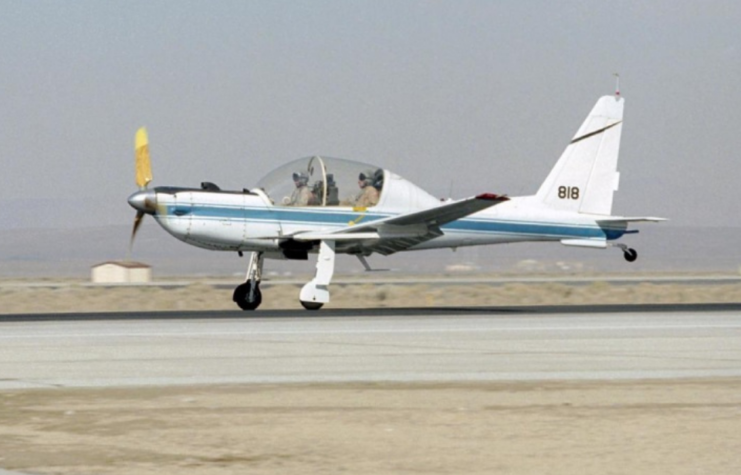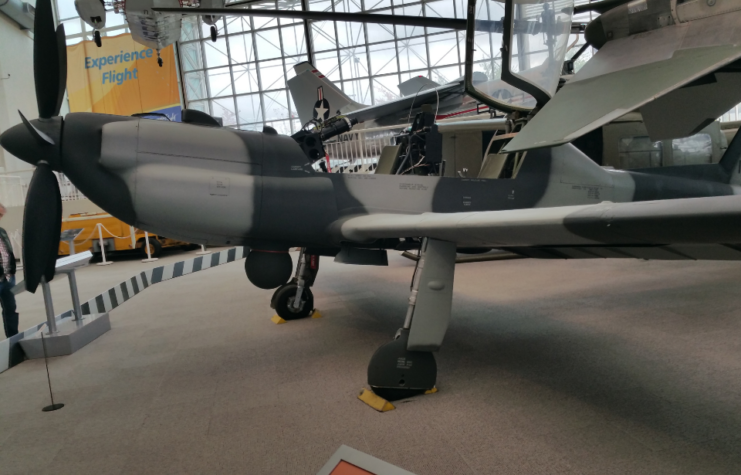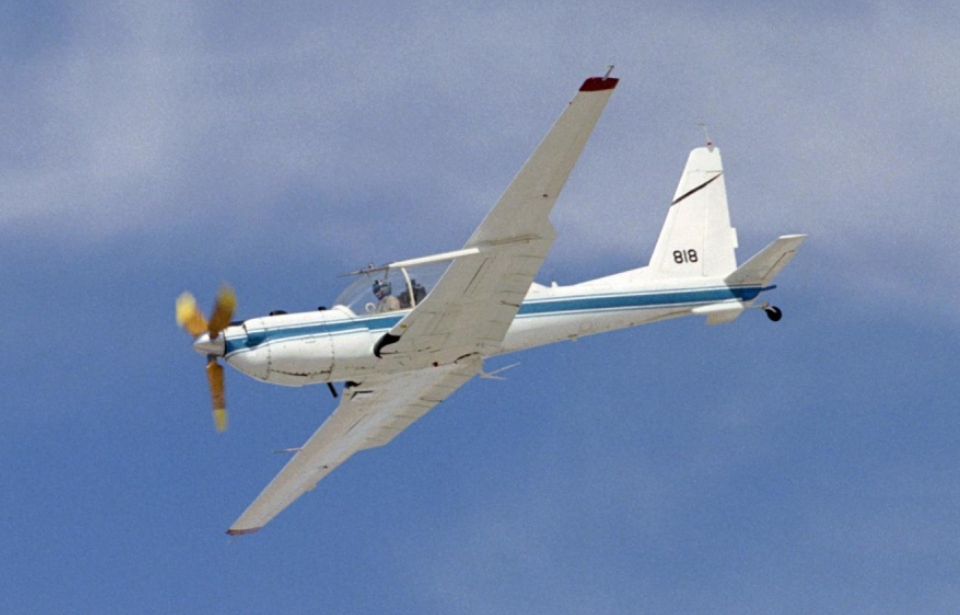When discussing stealth aircraft, iconic designs like the Lockheed SR-71 Blackbird, Northrop B-2 Spirit, and Lockheed U-2 spy plane often take center stage. However, the United States introduced a seemingly unassuming stealth aircraft: the Lockheed YO-3 Quiet Star. Unlike its counterparts, the YO-3 didn’t rely on blazing speed, radar-absorbing coatings, or intricate shapes to avoid detection. Its unique attribute was complete silence.
In the realm of aviation, ‘stealth’ refers to the capability of evading detection through various means. Prominent examples usually involve extraordinary features, such as the SR-71 Blackbird’s mind-boggling top speed of 2,200 mph or the B-2 Spirit’s sophisticated form and advanced suite of electronics, which substantially diminish its radar cross-section and enhance its concealment. Nonetheless, there exist less glamorous yet effective strategies for eluding detection.

Amid the Vietnam War, the U.S. sought a compact reconnaissance aircraft capable of flying above the jungles controlled by the enemy at slightly over 1,000 feet without raising alarms. During this period, neither the Navy nor the Air Force possessed an aircraft capable of accomplishing this task without alerting North Vietnamese and Viet Cong forces well in advance. In this context, speed, intricate designs, or costly coatings were inadequate solutions. Therefore, Lockheed, the chosen contractor for crafting this novel aircraft, decided to revisit the fundamental principles of stealth.
The Hush-Hush Plane from Skunk Works
Lockheed was entrusted with the project by the Department of Defense in 1968, specifically by Lockheed’s Advanced Development Programs, more famously known as Skunk Works. Skunk Works had a distinguished track record of producing exceptional aircraft, including the aforementioned SR-71 Blackbird and the U-2.

Fortuitously, Lockheed had prior experience with silent aircraft just a few years earlier, having equipped a glider with a quiet engine. The endeavor progressed to the extent that the aircraft was deployed to Vietnam for testing, where it proved its mettle. When the DoD introduced the mandate for the novel low-level observation plane, Lockheed’s recent experience proved invaluable.
Lockheed commenced with a Schweizer glider as the foundation. They substituted many original components with lightweight metals and fiberglass, a material rarely used in aircraft of that era. Lockheed aimed to minimize the aircraft’s weight to enhance fuel efficiency and extend its airborne duration.
The cockpit was enlarged, and a more expansive canopy was incorporated for superior visibility. An additional crew member (observer/spotter) was stationed in front of the pilot.

Predictably, the engine posed the most challenging obstacle to achieving “stealthiness,” as even relatively small internal combustion engines in aircraft generate substantial noise. Unlike automobile engines, aircraft engines must operate at near maximum power for extended periods, necessitating larger displacements to minimize stress and improve reliability. These larger engines inherently produce more noise.
Even the propeller slicing through the air generates noise, adding to the conundrum faced by Skunk Works engineers.
A Whispering Triumph
To address this, Lockheed adopted a glider’s approach with further weight reduction, negating the necessity for a large engine. Consequently, they employed a small horizontally opposed 6.0-liter 6-cylinder engine, connected to a slowly revolving propeller through a belt-and-pulley system.







